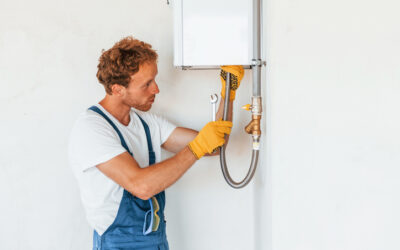The average thermostat in Hurricane, WV, may last as long as 10 to 15 years. Even though your system may continue to run, an older thermostat may present issues you have yet to notice. Consider three problems you’re likely to encounter with an aging HVAC thermostat:
Increased Energy Bills
One of the first things to consider is the effect of an older thermostat on your heating and cooling bills. Aging controls become less accurate in sensing the temperature of your home. This happens for a variety of reasons, including worn sensors and dust buildup inside the device. Ultimately, as the thermostat becomes less accurate, you’ll see your energy consumption climb along with your utility bills.
Unusual Heating or Cooling Cycles
If you’re running a standard single-stage furnace and air conditioner, your cycles should last roughly 10 to 20 minutes. However, as your thermostat ages, it may signal unusual cycles, extending the length of each cycle. It could also cut those cycles significantly short, leading to short cycling.
Either of these issues not only increases your energy consumption but also the wear on your system. Allowing an outdated thermostat to run your system could lead to preventable furnace and AC repairs.
Reduced Comfort
Ultimately, the job of your thermostat and HVAC system is to keep your home comfortable. To do that, it must circulate the conditioned air around your home by moving enough air through the system.
If your system isn’t running long-enough cycles because of an old thermostat, there isn’t as much circulation. The result is that some areas of your home remain hotter or cooler, making it less comfortable.
You don’t have to settle for the poor performance of an old HVAC thermostat. Call to schedule your thermostat upgrade installation with our experts at E.J. Thompson & Son LLC in Hurricane, WV.
Image provided by iStock




